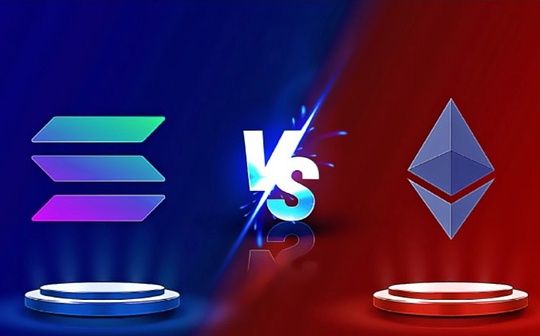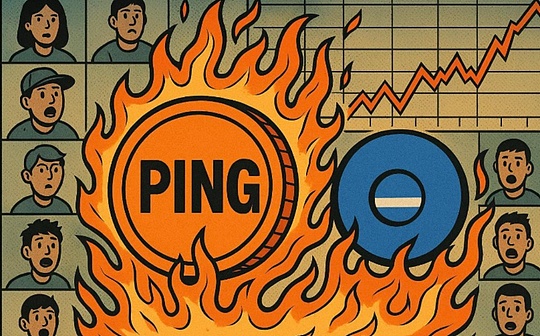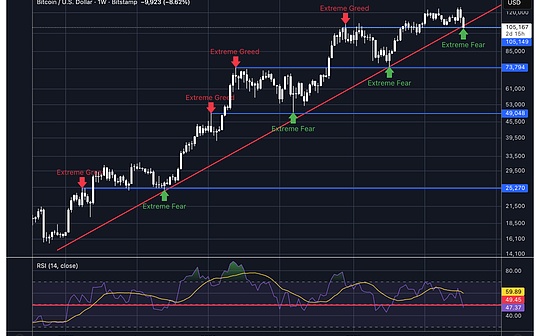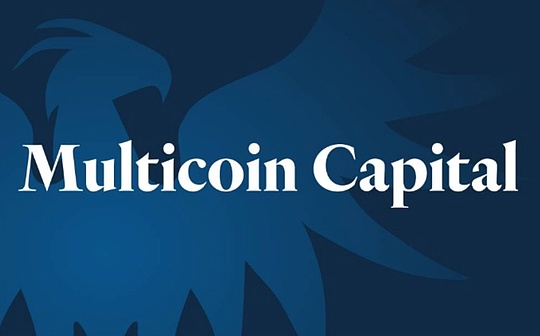
Author: Haotian; Source: X,@tmel0211
At the darkest moment when Ethereum was exposed by resigned employees and questioned by the culture of Builders in the ecosystem, Lily Liu of the Solana Foundation was traveling to summit venues, university lecture halls, etc. to enthusiastically preach Solana’s grand vision.
What does this reflect?SOL and ETH are experiencing a divide between engineering pragmatism and academic idealism:
1) Solana’s technical iteration speed has already “beat” Ethereum at the practical level.The rapid updates of Alpenglow and Firedancer in the past year have solved many practical experience problems such as Solana’s large proportion of spam transactions, client single risk, and unstable transaction fees.
On the other hand, Ethereum has changed its leadership team, core developers have left, and the slowly advancing ZK bottom layer simplification, as well as a bunch of newly launched protocol standards such as Pectra upgrade and ERC-8004, are still very academic.
2) Solana uses commercial organization operation and maintenance ideas to reduce dimensions and combat decentralized and inefficient methods..Including, Grant application will receive feedback within 2-4 weeks, official engineers will proactively provide technical support, and high-quality project foundations will endorse or connect with leading VCs, etc.
Looking back at the Ethereum Foundation, the ESP open application process is lengthy, and the L2 ecosystem has an “aligned” culture but operates in its own way, resulting in scattered liquidity. As for the existing problems of interest transfer and cultural tearing, you can also see the clues by listening to @peter_szilagyi’s complaints.It is normal for a decentralized organization to have low synergy efficiency, but decentralization is never an excuse for internal decay to stop evolution and progress..
3) Solana’s Nasdaq plan on the ICM chain, as well as narrative directions such as U.S. stock tokenization, DePIN, and PayFi, although it lacks the wealth-creating effect of MEME in the short term, it is undoubtedly a key track for the development of the industry in the next 3-5 years.
Obviously,For the numerous Crypto-native infrastructures, the biggest political correctness now is to embrace the adoption of Wall Street institutions and the integration of traditional TradFi finance.And if you are still stuck on the practical performance of the current stacking infra, the standardization and liquidity interoperability of layer 2, etc., you cannot say that you are wrong.It can only be said that under the macro background of the influx of new ETF incremental funds, such a large investment will achieve half the result with twice the result, and the appeal will be very weak. Instead, it will give Wall Street a purely “use-it-all” rhetoric.
above.
After writing this, I found that Solana’s current performance seems to hide the shadow of Ethereum’s past.butWhy do you become more powerful but less down-to-earth??This article is also written with the mentality of FUD is Build.Criticism is not to deny, but to hope to see change.
It’s not that Solana will definitely succeed, nor that Ethereum will fail, but I think this kind of engineering pragmatism is what the current Crypto environment needs..





